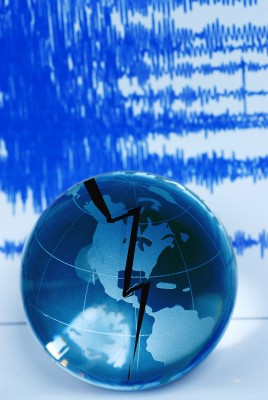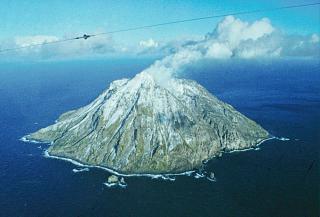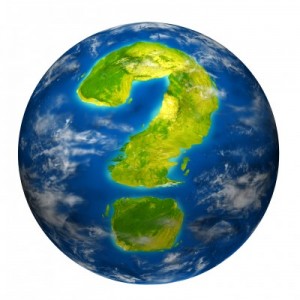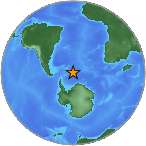
July 15, 2013 7.3 earthquake at the South Polar region off the South Sandwich Islands – USGS
A shift at the North and South Poles caused a 7.3 earthquake off the South Sandwich Islands after three large earthquakes shook Greenland, north of Iceland.
On Monday, July 15, 2013, Ittoqqortoormiit, Greenland had a 4.4 magnitude quake, followed by a 4.5 earthquake just minutes later, and another 4.4 quake two hours after that.
Merely 30 minutes after the North Polar quakes occurred, the South Polar region was shaken by a 7.3 quake off the South Sandwich Islands.
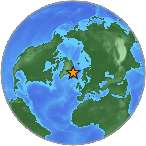
July 15, 2013 earthquakes at the North Polar region off Greenland, north of Iceland – USGS
When The Axis Shifts
When the Earth’s axis shifts at the poles, even the most miniscule amount, global climate patterns shift, earthquakes, wildfires, volcanoes, violent storms, and tsunamis increase, which results in massive floods covering the Earth.
By the year 2000 A.D., the Earth’s axis had slipped 1/2 degree. This doesn’t seem like much, but this altered thousands of miles of the Earth’s surface and changed the atmosphere.
In March 2011, the axis slipped another 17 cm (6 1/2 in), and this slip of the poles caused one of the largest earthquakes and tsunamis in modern history to batter the island of Japan with walls of water equal to the force of an EF5 tornado.
Axis shifting at the poles is becoming more active, but we don’t have time to sit around and debate this issue. Earth changes are upon us, and as we witness earthquake patterns like today’s polar shaking of the crust, we must increase our awareness that changes are HERE and changes are happening NOW.
